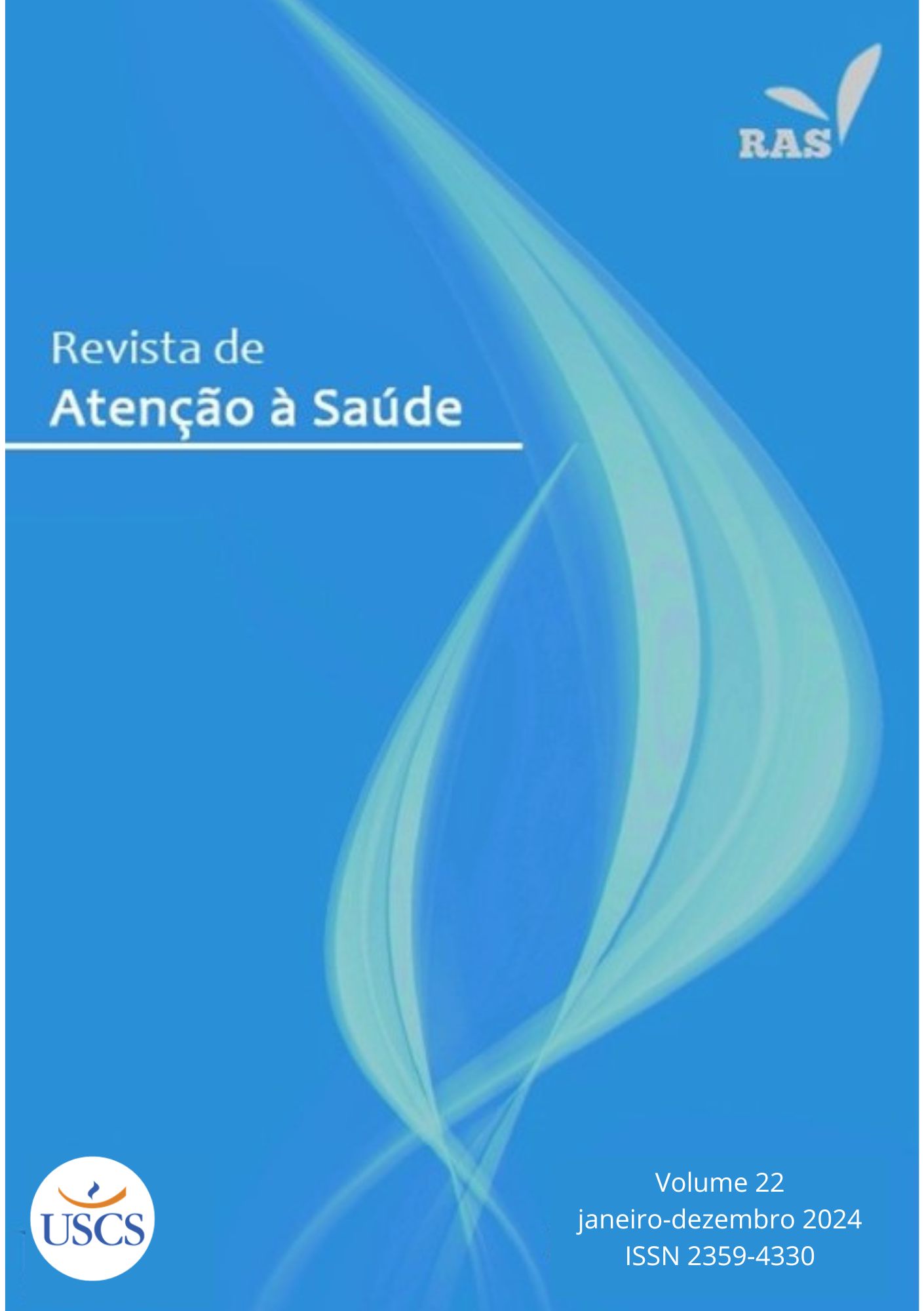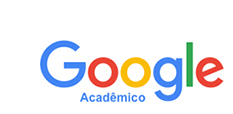Association between losses of donated human milk and the characteristics of donors
Human milk losses and donation
DOI:
https://doi.org/10.13037/ras.vol22.e20248851Keywords:
Aleitamento Materno, Leite Humano, Bancos de LeiteAbstract
BACKGROUND: Human milk is the gold standard for infant nutrition even more for those there are preterm. OBJECTIVE: To analyze the association between losses of donated human milk and the characteristics of donors. Methods: a case-control, quantitative study was carried out through the analysis of 619 records of human milk donors who were treated at a Human Milk Bank. RESULTS: It was observed that 48.3% of the donors presented some type of loss, with dirt and Dornic Acidity greater than 8th being the most frequent types of losses. It was found that the housing conditions were not associated with the loss of human milk, as well as with the variables of socioeconomic, obstetric, and puerperal characteristics. CONCLUSION: We observed that there is no significance in the association between the exposure variables and the outcome variable. However, since there was a loss of almost half of the donated milk and the demand from newborns is high, there is a need for intervention in the exposing factors to lead to better use.
Downloads
References
Brasil. Ministério da Saúde. Secretaria de Atenção à Saúde. Departamento de Atenção Básica. Cadernos de atenção básica: saúde da criança, aleitamento materno e alimentação complementar. Vol. 23. Brasília: Ministério da Saúde; 2018.
World Health Organization (WHO). Guideline: counselling of women to improve breastfeeding practices. Geneva: World Health Organization; 2018.
World Health Organization (WHO). Guideline: protecting, promoting and supporting breastfeeding in facilities providing maternity and newborn services. [Internet]. Geneva: World Health Organization; 2017. 136 p. Available from: https://apps.who.int/iris/bitstream/handle/10665/259386/9789241550086-eng.pdf
del Ciampo L, del Ciampo I. Breastfeeding and the Benefits of Lactation for Women’s Health. Revista Brasileira de Ginecologia e Obstetrícia / RBGO Gynecology and Obstetrics [Internet]. 2018 Jun 6 [cited 2022 Oct 10];40(06):354–9. Available from: http://www.thieme-connect.de/DOI/DOI?10.1055/s-0038-1657766
Fonseca RMS, Milagres LC, Franceschini SDCC, Henriques BD. O papel do banco de leite humano na promoção da saúde materno infantil: uma revisão sistemática. Cien Saude Colet [Internet]. 2021 Jan;26(1):309–18. Available from: http://www.scielo.br/scielo.php?script=sci_arttext&pid=S1413-81232021000100309&tlng=pt
Giugliani ERJ. Rede Nacional de Bancos de Leite Humano do Brasil: tecnologia para exportar. J Pediatr (Rio J) [Internet]. 2002 [cited 2022 Oct 10];78(3). Available from: http://www.scielo.br/scielo.php?script=sci_arttext&pid=S0021-75572002000300001&lng=pt&nrm=iso&tlng=pt
Underwood MA. Human Milk for the Premature Infant. Pediatr Clin North Am [Internet]. 2013 Feb [cited 2022 Oct 10];60(1):189–207. Available from: https://linkinghub.elsevier.com/retrieve/pii/S0031395512001551
Agência Nacional de Vigilância Sanitária. RDC ANVISA no. 171, de 04 de setembro de 2006. Brasília; 2006.
Brasil. Agência Nacional de Vigilância Sanitária. Banco de leite humano: funcionamento, prevenção e controle de riscos. Brasília; 2008.
Grazziotin AL, Grazziotin MCB, Letti LAJ. Disposal of human milk donated to a human milk bank before and after measures to reduce the amount of milk unsuitable for consumption. J Pediatr (Rio J) [Internet]. 2010 [cited 2022 Oct 10];86(4):290–4. Available from: http://jped.com.br/conteudo/Ing_resumo.asp?varArtigo=2103&cod=&idSecao=1
Castro MC, Alves ES, Saqueti BHF, Souza PM, Manin LP, Silveira R da, et al. Human milk: processing and conservation – a review. Research, Society and Development [Internet]. 2021 [cited 2022 Nov 7];10(12):e106101220118. Available from: https://rsdjournal.org/index.php/rsd/article/view/20118
Iser B, Fernandes T, Schuelter P, Marin D. Contributing and Limiting Factors for Human Milk Donation. Journal of Health Sciences [Internet]. 2020 Aug 17 [cited 2022 Oct 10];22(2):177–82. Available from: https://journalhealthscience.pgsskroton.com.br/article/viewFile/7514/5519
Oliveira BM. Identificação das causas de perda de leite materno em Banco de Leite Humano no município de Juiz de Fora - MG [Internet] [Dissertação]. Https://Medium.Com/. UNIVERSIDADE FEDERAL DE JUIZ DE FORA; 2016. Available from: https://medium.com/@arifwicaksanaa/pengertian-use-case-a7e576e1b6bf
Gomes, THS. Diagnóstico da qualidade do Leite Humano Ordenhado do Banco de Leite do Conjunto Hospitalar de Sorocaba. Sorocaba: Secretaria de Estado da Saúde. Instituto Adolfo Lutz; 2016.
Megda MLM, Braga LA, Parizzi MR, Bouzada MCF. Rede de doação de leite humano: integração de unidades básicas de saúde, atenção secundária e banco de leite humano. Rev Med Minas Gerais. 2017;27.
Esmeyre Paredes D, Ivo ML, Lucia Arantes S, Ferreira Júnior MA, CARDOSO AIDQ, Schiaveto de Souza A, et al. Identification of the causes of waste human milk in a human milk bank. Int J Innov Educ Res [Internet]. 2019 Oct 31 [cited 2022 Oct 10];7(10):452–9. Available from: https://scholarsjournal.net/index.php/ijier/article/view/1792
Soares LG, Dolinski D, Wagner LPB, Santos L da SF dos, Soares LG, Mazza V de A. Human Milk Collection and Utilization in a Milk Bank From a Municipality of Paraná State / Captação e Aproveitamento de Leite Humano em um Banco de Leite de um Município do Estado do Paraná. Revista de Pesquisa Cuidado é Fundamental Online [Internet]. 2018 Jul 1 [cited 2022 Oct 10];10(3):656–62. Available from: http://seer.unirio.br/cuidadofundamental/article/view/6141
Borges MS, Oliveira AM de M, Hattori WT, Abdallah VOS. Quality of human milk expressed in a human milk bank and at home. J Pediatr (Rio J) [Internet]. 2018 [cited 2022 Oct 10];94(4):399–403. Available from: https://linkinghub.elsevier.com/retrieve/pii/S0021755716302017
Downloads
Published
Issue
Section
License
Copyright (c) 2024 Nathália Rabelo Oliveira, Liane Batista da Cruz Soares, Nilza Bezerra Pinheiro da Silva, CHRISTYANN LIMA CAMPOS BATISTA

This work is licensed under a Creative Commons Attribution-NonCommercial-NoDerivatives 4.0 International License.
Policy Proposal for Journals offering Free Delayed Access
Authors who publish in this magazine agree to the following terms:
- Authors maintain the copyright and grant the journal the right to the first publication, with the work simultaneously licensed under a Creative Commons Attribution License after publication, allowing the sharing of the work with recognition of the authorship of the work and initial publication in this journal.
- Authors are authorized to assume additional contracts separately, for non-exclusive distribution of the version of the work published in this magazine (eg, publishing in institutional repository or as a book chapter), with the acknowledgment of the authorship and initial publication in this journal.
- Authors are allowed and encouraged to publish and distribute their work online (eg in institutional repositories or on their personal page) at any point before or during the editorial process, as this can generate productive changes, as well as increase impact and citation of the published work (See The Effect of Open Access).









